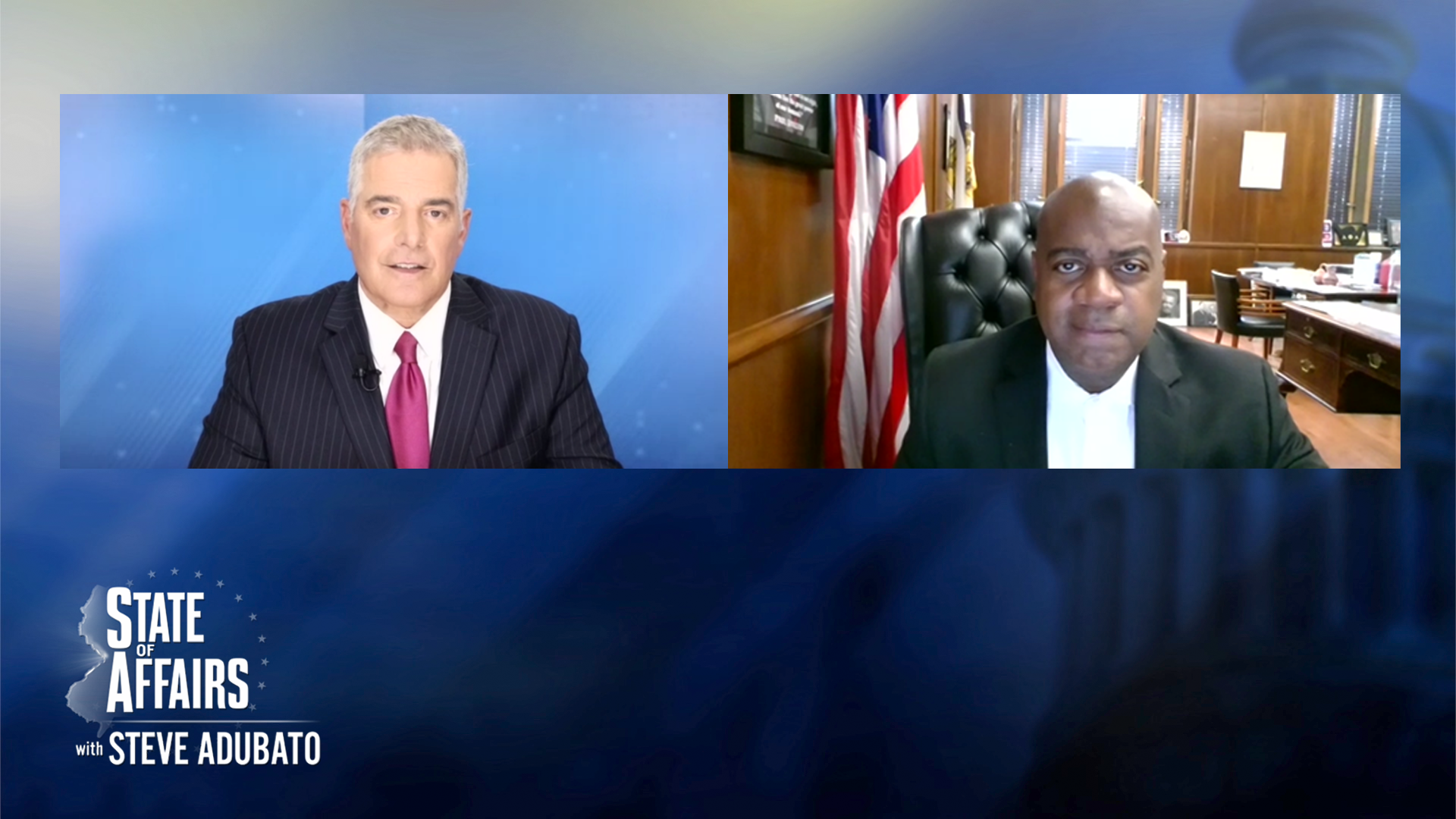How To Be A Better Ally To The Transgender Community This International Transgender Day Of Visibility

Table of Contents
Educate Yourself About Transgender Identities and Issues
Understanding the transgender community starts with education. It’s crucial to move beyond stereotypes and misconceptions and build a genuine foundation of knowledge.
Understand the difference between sex, gender identity, and gender expression.
- Sex: Typically assigned at birth based on biological factors.
- Gender Identity: An individual's internal sense of being a man, a woman, both, neither, or somewhere else along the gender spectrum. This is distinct from biological sex.
- Gender Expression: How someone outwardly presents their gender through clothing, behavior, and other means. This can align with, or differ from, their gender identity and assigned sex.
For instance, a person assigned male at birth might identify as a woman (transgender woman) and express their gender through feminine clothing and mannerisms. Conversely, someone assigned female at birth might identify as a man (transgender man) and express their gender through masculine attire and behavior. Understanding these distinctions is foundational to being a better ally.
Resources like GLAAD (glaad.org), The Trevor Project (thetrevorproject.org), and the Human Rights Campaign (hrc.org) offer valuable information and support.
Learn about the challenges faced by transgender individuals.
Transgender individuals face significant challenges, including:
- Discrimination: This can manifest in employment, housing, healthcare, and public spaces. Many experience harassment and violence.
- Lack of Access to Healthcare: Many transgender individuals struggle to access gender-affirming care, including hormone replacement therapy and surgeries.
- Systemic Barriers: Laws and policies often fail to recognize and protect the rights of transgender people, leading to further marginalization.
Statistics from organizations like the Williams Institute at UCLA School of Law highlight the disproportionate rates of violence and discrimination experienced by transgender individuals, especially transgender women of color. Understanding the complexities of these challenges is key to effective allyship.
Explore different transgender experiences and narratives.
The transgender experience is incredibly diverse. To foster genuine understanding, actively seek out and listen to transgender voices:
- Read books: Explore memoirs and novels written by transgender authors.
- Watch documentaries: Documentaries offer valuable insights into transgender lives and struggles.
- Listen to podcasts: Many podcasts feature interviews with transgender individuals sharing their personal experiences.
By actively engaging with diverse transgender narratives, you develop empathy and a deeper understanding of the challenges and triumphs within the community.
Use Inclusive Language and Respect Pronouns
Language is powerful. Using inclusive language and respecting pronouns is a fundamental aspect of allyship.
Understand the importance of correct pronouns.
Using someone's correct name and pronouns is a basic sign of respect and affirms their identity. Misgendering, even unintentionally, can be incredibly hurtful and invalidating.
- Politely ask: Don't hesitate to politely ask someone what their pronouns are. A simple "What pronouns do you use?" is perfectly acceptable.
- Use consistently: Once you know someone's pronouns, use them consistently.
- Correct yourself: If you make a mistake, apologize sincerely and correct yourself immediately.
Avoid assumptions based on appearance or perceived gender.
Adopt inclusive language in everyday conversations and writing.
Inclusive language avoids gendered assumptions and uses gender-neutral alternatives where possible.
- Harmful terms to avoid: Terms like "tranny" or "transvestite" are deeply offensive and should never be used.
- Inclusive alternatives: Use gender-neutral terms like "they/them" when referring to individuals whose gender you don't know, or when the gender is irrelevant to the context. Consider using "partner" instead of "husband" or "wife."
- Gender-neutral language guides: Many organizations offer resources and guides on inclusive language.
Support Transgender Rights and Advocate for Change
Allyship extends beyond individual interactions; it requires actively supporting transgender rights and advocating for change.
Learn about relevant legislation and policies.
Stay informed about legislation and policies that affect transgender rights at the local, national, and international levels.
- Contact your elected officials: Reach out to your representatives to express your support for transgender-inclusive policies and oppose discriminatory legislation.
- Participate in advocacy: Support organizations working to advance transgender rights and participate in peaceful protests and rallies.
Support transgender-affirming organizations and businesses.
Support organizations that provide resources and support to the transgender community, such as:
- Charities: Many charities provide vital services to transgender individuals.
- Legal aid organizations: These organizations provide legal assistance to transgender individuals facing discrimination.
- Support transgender-owned businesses: Actively support businesses that employ and support transgender individuals.
Challenge transphobic behavior when you see it.
If you witness transphobic behavior, it's important to intervene safely and respectfully:
- Speak up: Even a simple correction or a statement of support can make a difference.
- Educate others: Respectfully correct misinformation and explain the importance of inclusivity.
- Prioritize safety: Prioritize your own safety and the safety of the individual being targeted before intervening.
Conclusion
Becoming a better ally to the transgender community is an ongoing process of education, self-reflection, and action. We've discussed the importance of educating yourself about transgender identities and issues, using inclusive language and respecting pronouns, and actively supporting transgender rights and advocating for change. Let's all strive to be better allies to the transgender community every day, not just on International Transgender Day of Visibility. Take action today to become a better ally to the transgender community and help create a more just and equitable world for all.

Featured Posts
-
 Mayor Ras Barakas Arrest Outside Ice Facility A Deeper Look
May 10, 2025
Mayor Ras Barakas Arrest Outside Ice Facility A Deeper Look
May 10, 2025 -
 Tesla Stock Decline And Tariffs Impact Elon Musks Net Worth
May 10, 2025
Tesla Stock Decline And Tariffs Impact Elon Musks Net Worth
May 10, 2025 -
 Israels Blockade Fueling Hunger Disease And Crime In Gaza
May 10, 2025
Israels Blockade Fueling Hunger Disease And Crime In Gaza
May 10, 2025 -
 Edmonton Oilers Vs Los Angeles Kings Series Betting Odds And Predictions
May 10, 2025
Edmonton Oilers Vs Los Angeles Kings Series Betting Odds And Predictions
May 10, 2025 -
 Us Attorney Generals Daily Fox News Presence Context And Concerns
May 10, 2025
Us Attorney Generals Daily Fox News Presence Context And Concerns
May 10, 2025
